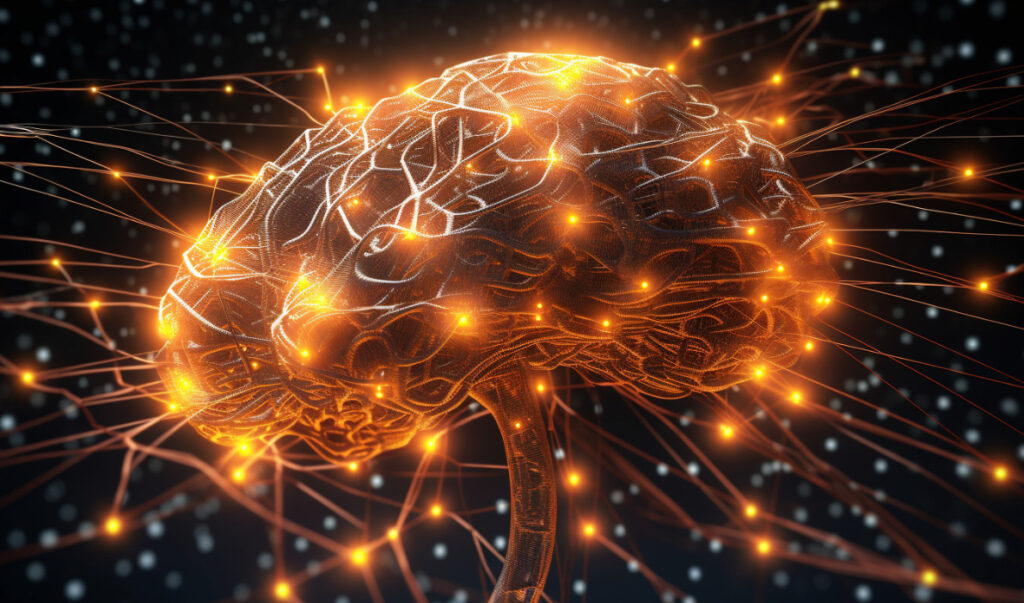
In the digital age we live in, artificial intelligence (AI) is gaining increasing attention. But what distinguishes a classical algorithm from AI software?
In this article, we’ll explore the differences between these two concepts in a simple and accessible way, even for those who aren’t computer experts.
A classical algorithm can be described as a series of precise, sequential instructions that a computer follows to solve a given problem. For example, imagine a classical algorithm for sorting a list of numbers in ascending order. One of the classical (but inefficient) methods we study in college is called “Bubble Sort,” which compares pairs of adjacent elements and swaps their order if they aren’t already sorted. This process is repeated until all the elements in the list are sorted.
Classical algorithms are used in various fields, such as mathematics, physics, and traditional programming.
AI software is based on artificial intelligence, which aims to create systems capable of autonomous learning and adaptation. Take speech recognition, for example. AI software like Siri or Google Assistant can understand human language, recognize voice commands, and provide appropriate responses. These systems use machine learning algorithms, such as neural networks, to analyze sound patterns and translate them into understandable words and commands.
Below are some of the most notable differences between a classical algorithm and AI software:
Example : Autonomous vehicles use AI software to learn from driving experiences and improve their navigation capabilities over time.
Example : Search engines use AI algorithms to understand user queries, analyze web content, and provide the most relevant search results.
Example : AI software can be trained to recognize images of animals and distinguish between different species.
Example : Recommender systems use machine learning to learn from users’ preferences and suggest relevant products or content to them.
In short, classical algorithms and AI software are two different approaches to data processing and problem solving. Classical algorithms are static and follow precise instructions, while AI software is flexible, adaptable, and capable of autonomous learning.
Artificial intelligence is shaking the foundations of numerous industries, completely redefining our approach to problem solving, opening the door to innovative solutions and opportunities that once seemed the preserve of science fiction (see Asimov, Huxley). To fully grasp the unprecedented impact that artificial intelligence is having and will continue to have on our daily lives, it is essential to keep pace with the rapid evolution of technology. Only then can we fully embrace this revolution that will transform our interaction with technology, opening new horizons of progress and paving the way for what is, for now, seemingly limitless growth.
Follow us on Google News to receive daily updates on cybersecurity. Contact us if you would like to report news, insights or content for publication.